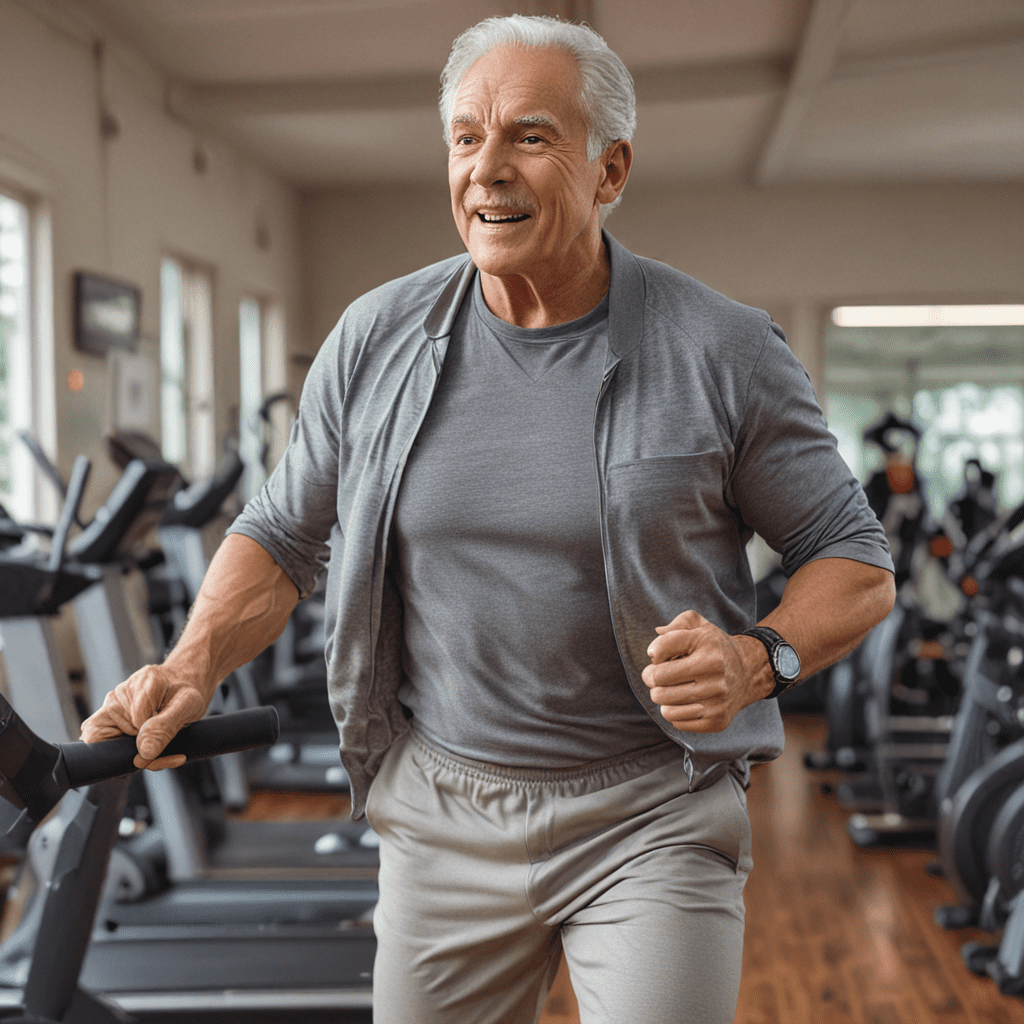
Benefits of Exercise: Energy Levels for Seniors
As we age, it's common to experience a decline in energy levels. However, regular exercise can help seniors regain vitality and boost their overall well-being. Engaging in physical activity offers numerous benefits, including increased muscle strength and endurance, improved flexibility, and enhanced cognitive function.
1. Introduction: The Importance of Exercise for Older Adults
Regular exercise is vital for maintaining health and well-being throughout all stages of life. For seniors, exercise plays an even more critical role in preserving physical function, cognitive abilities, and emotional health.
2. How Exercise Boosts Energy Levels: Physiological Mechanisms
Exercise exerts its energizing effects through various physiological mechanisms. Physical activity increases oxygen delivery to muscles, reduces inflammation, and improves cardiovascular function, leading to enhanced energy production and utilization.
3. Increased Vitality: Enhanced Muscle Strength and Endurance
Regular exercise strengthens muscles, making daily tasks easier to perform. Improved muscle endurance enables seniors to engage in activities for longer periods without experiencing fatigue. This increased vitality translates into a more active and fulfilling lifestyle.
4. Improved Endurance: Sustained Physical Activity over Time
Endurance is the ability to perform sustained physical activity without becoming exhausted. Exercise helps seniors build endurance by training the body to use oxygen more efficiently. This allows them to engage in activities such as walking, swimming, or gardening for longer durations.
5. Enhanced Flexibility: Reduced Stiffness and Improved Range of Motion
Flexibility plays a crucial role in maintaining balance and coordination. Exercise promotes flexibility by stretching and strengthening muscles and connective tissues. Improved flexibility reduces stiffness, increases range of motion, and enhances overall mobility.
6. Cognitive Benefits: Improved Mood and Reduced Fatigue
Exercise has been shown to improve mood and reduce fatigue in seniors. Physical activity releases endorphins, which have mood-boosting effects. Exercise also helps regulate sleep patterns, which can further contribute to increased energy levels.
7. Cardiovascular Health: Increased Oxygen Delivery to Muscles
Regular exercise strengthens the heart and improves circulation. This increased oxygen delivery to muscles allows them to function more efficiently, reducing fatigue and boosting energy levels.
8. Metabolic Benefits: Efficient Energy Production and Burning of Calories
Exercise helps improve metabolism, which is the process by which the body converts food into energy. Regular physical activity increases the body's ability to produce energy efficiently and burn calories, leading to increased energy levels.
9. Exercise as a Social Outlet: Engagement and Interaction
Exercise can be a social outlet for seniors, providing opportunities for engagement and interaction. Participating in group exercise classes or joining a fitness center can help reduce feelings of isolation and loneliness, which can contribute to increased energy levels.
10. Recommended Types and Guidelines for Exercise in Seniors
Seniors should aim for at least 150 minutes of moderate-intensity aerobic activity or 75 minutes of vigorous-intensity

